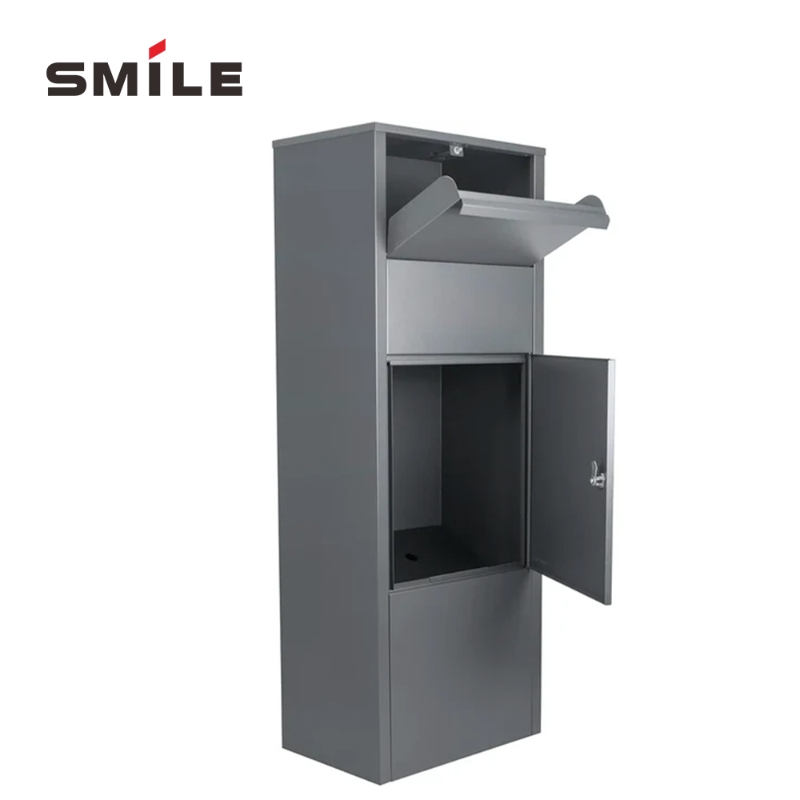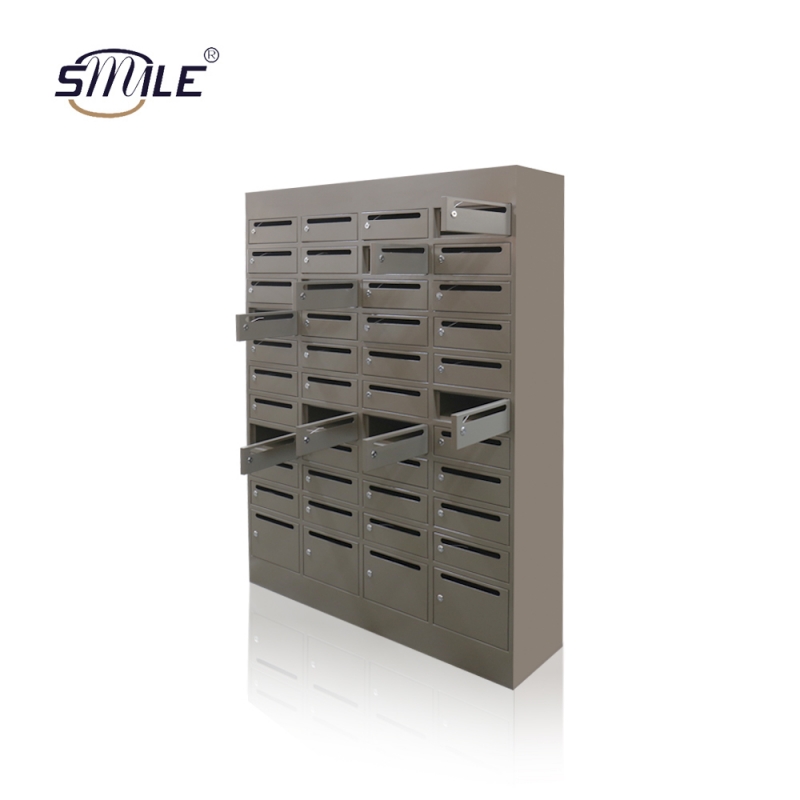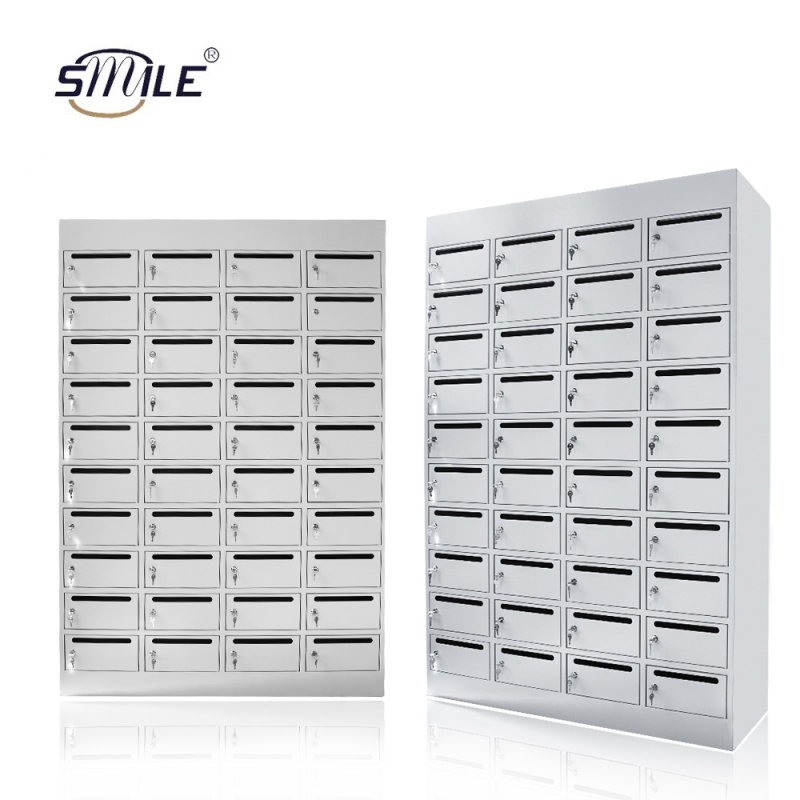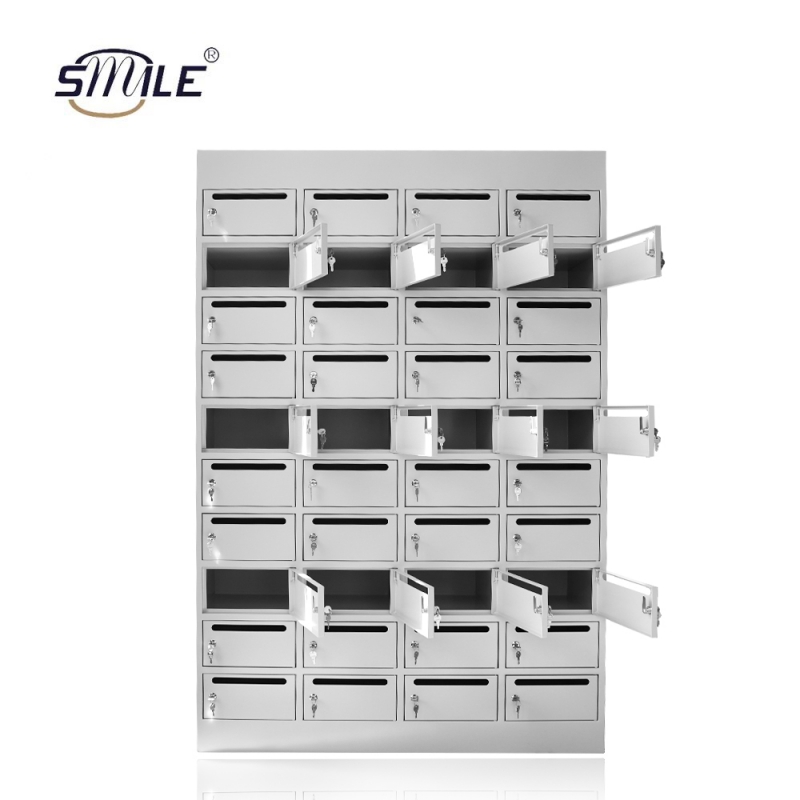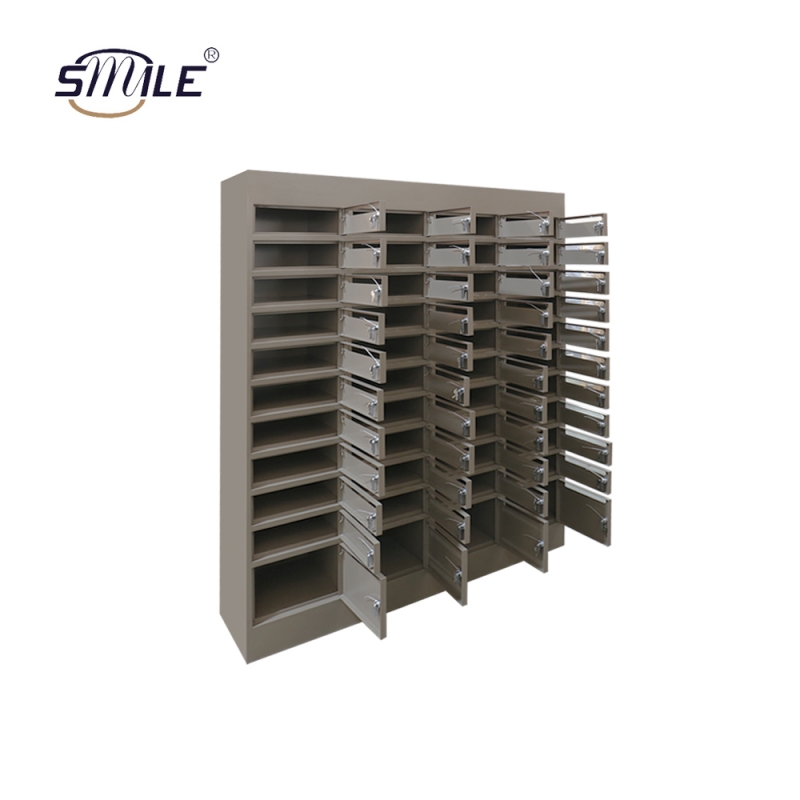In the safe operation of electrical systems, junction boxes serve as indispensable core components, bearing the critical responsibility of protecting circuits and ensuring personnel safety. Whether you are an electrician, contractor, or hobbyist, understanding the function and construction of junction boxes is essential for complying with electrical codes and achieving long-term reliable installations. This guide covers the fundamentals, design, types, and usage of junction boxes, preparing you for projects requiring this knowledge.
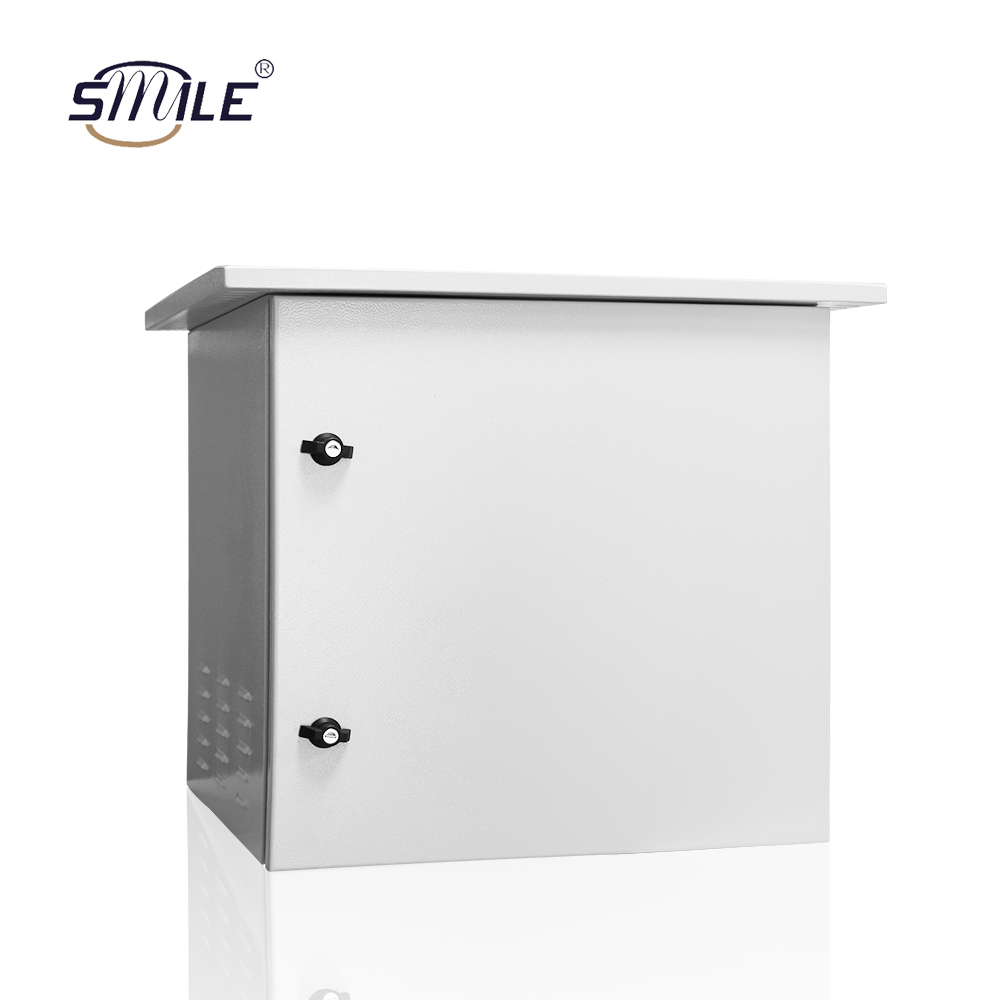
What is a junction box?
A junction box is essentially an electrical enclosure designed to protect electrical connection points. It primarily houses wire and cable joints, terminals, and other electrical components, shielding them from direct exposure to the external environment. Typically constructed from metal or plastic, these boxes safeguard wiring and prevent short circuits, making them indispensable in both residential and commercial settings.
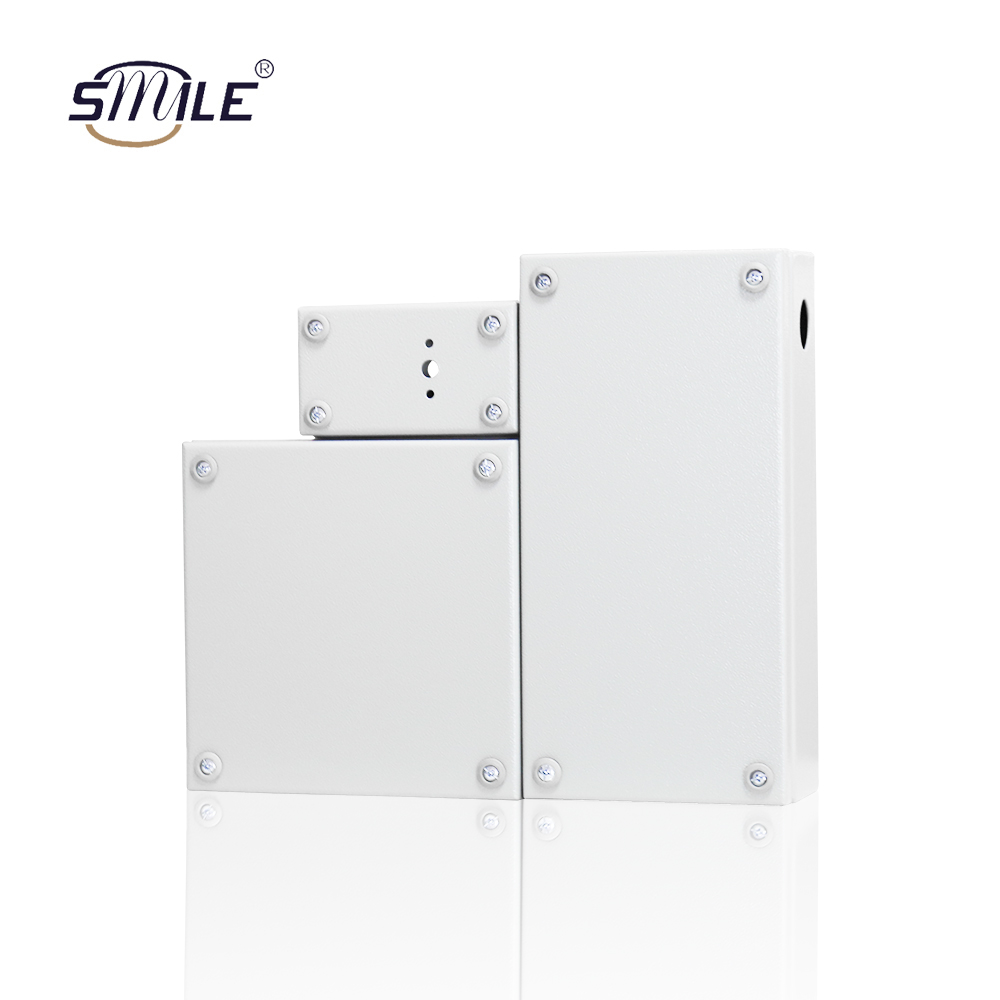
Various types of Junction box
Different installation requirements and environments necessitate different Junction box
The mainstream materials for junction boxes currently available on the market include plastic, metal, and composite materials. Plastic junction boxes, made from materials such as PVC and ABS, offer advantages like lightweight construction, corrosion resistance, and low cost, making them suitable for residential and general indoor environments. Metal junction boxes, primarily made of aluminum alloy or stainless steel, feature high strength, impact resistance, and excellent thermal conductivity, making them ideal for industrial workshops, outdoor settings, and other scenarios demanding superior protective performance. Composite junction boxes combine the advantages of both plastic and metal, delivering outstanding weather resistance and mechanical strength. Their applications have expanded significantly in recent years across sectors such as new energy and rail transit.
When to use plastic junction boxes and when to use metal junction boxes?
The choice between metal junction boxes and plastic junction boxes primarily depends on the requirements of the operating environment.
Plastic boxes are highly suitable for indoor areas with controlled environmental conditions. They are lightweight and corrosion-resistant, making them ideal for home wiring and other electrical work. This type should be selected when grounding is not required or physical damage needs to be prevented.
Otherwise, metal junction boxes should be used for outdoor applications, such as industries requiring heavy-duty protection against physical impacts, while also providing stronger electromagnetic interference shielding. In locations where exposed installations pose extreme safety hazards, grounding must always be employed to prevent compromised safety levels, necessitating the use of metal junction boxes.
Correct Installation Guide for Junction Boxes
Step-by-Step Wiring and Interconnection Procedure
1. Design the wiring plan.
2. Turn off the power supply.
3. Select the correct box.
4. Prepare the wires.
5. Install the junction box.
6. Add the wires.
7. Place the wires into the box.
8. Secure the cover plate.
9. Test and restore power.
By following these steps, you can achieve a safe and efficient electrical installation.
Preventive Maintenance Techniques for Junction Boxes
Beyond proper selection and installation, scientific preventive maintenance is key to extending the service life of junction boxes. Simple yet effective daily maintenance can significantly enhance their durability and operational efficiency.
Regular inspections form the foundation, focusing on identifying issues such as aging, moisture ingress, and dust accumulation. Check terminals for rust and ensure wire connections are secure, promptly addressing any loose or oxidized joints. For environmental protection, install junction boxes in relatively concealed areas. In outdoor and commercial settings, select weatherproof enclosures specifically designed to withstand moisture corrosion and UV damage.
Sealing protection is critical. During installation, ensure gaskets and sealants are intact to block water and dust ingress. Regularly inspect seals for wear and replace them promptly. Junction box dimensions must match the number of wires and connected devices to prevent accelerated wear or overheating from overcrowding. Additionally, maintain clear labeling and inspection records. Clearly mark wiring information and retain complete maintenance archives to facilitate future repairs.
CHNSMILE reminds you: Electrical safety is no trivial matter. Though small, junction boxes are critical to the stability of entire circuit systems. Both manufacturers and end-users must prioritize the proper selection, installation, and maintenance of junction boxes to collectively fortify electrical safety defenses. CHNSMILE supports custom junction box solutions with fully customizable functions and materials.



